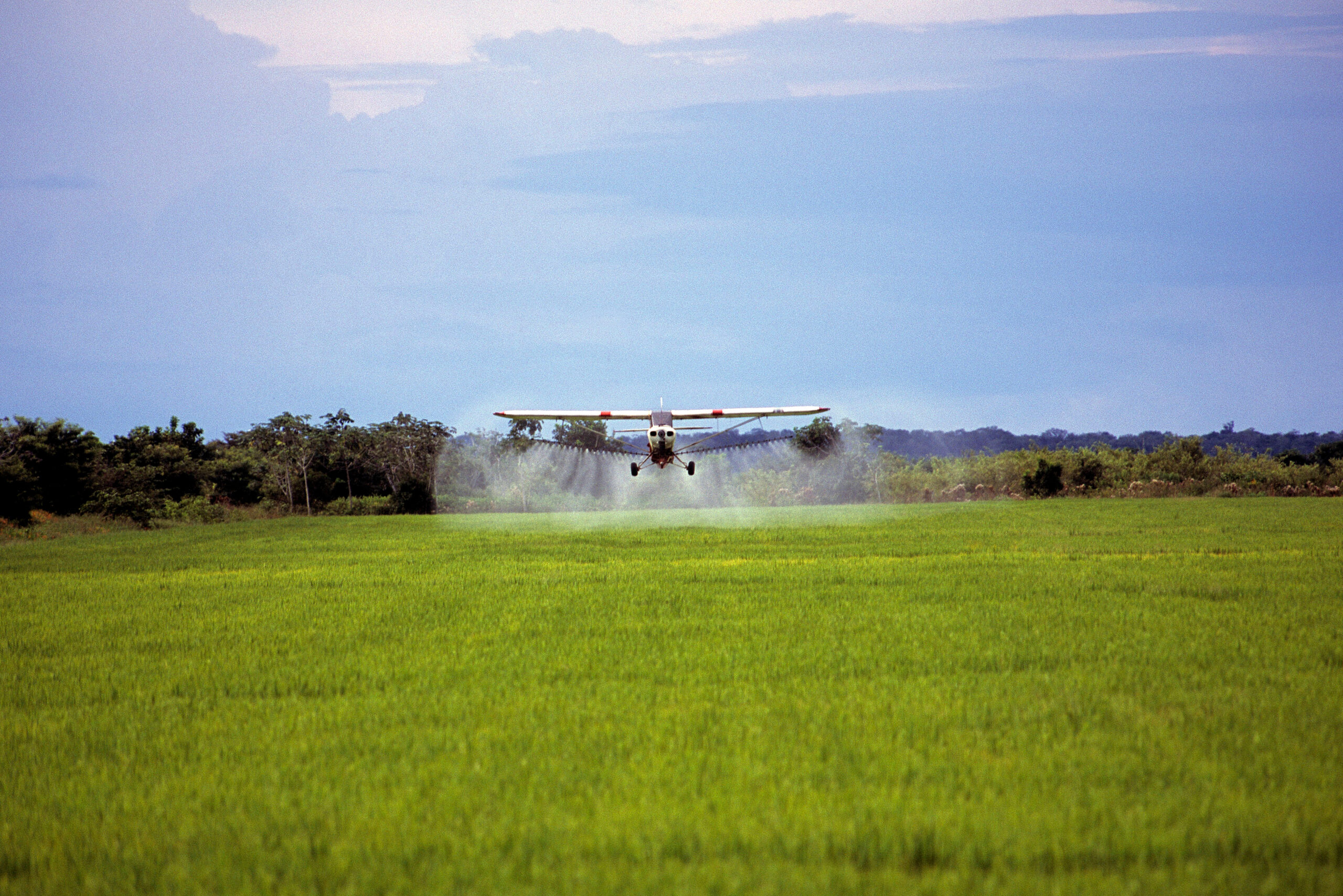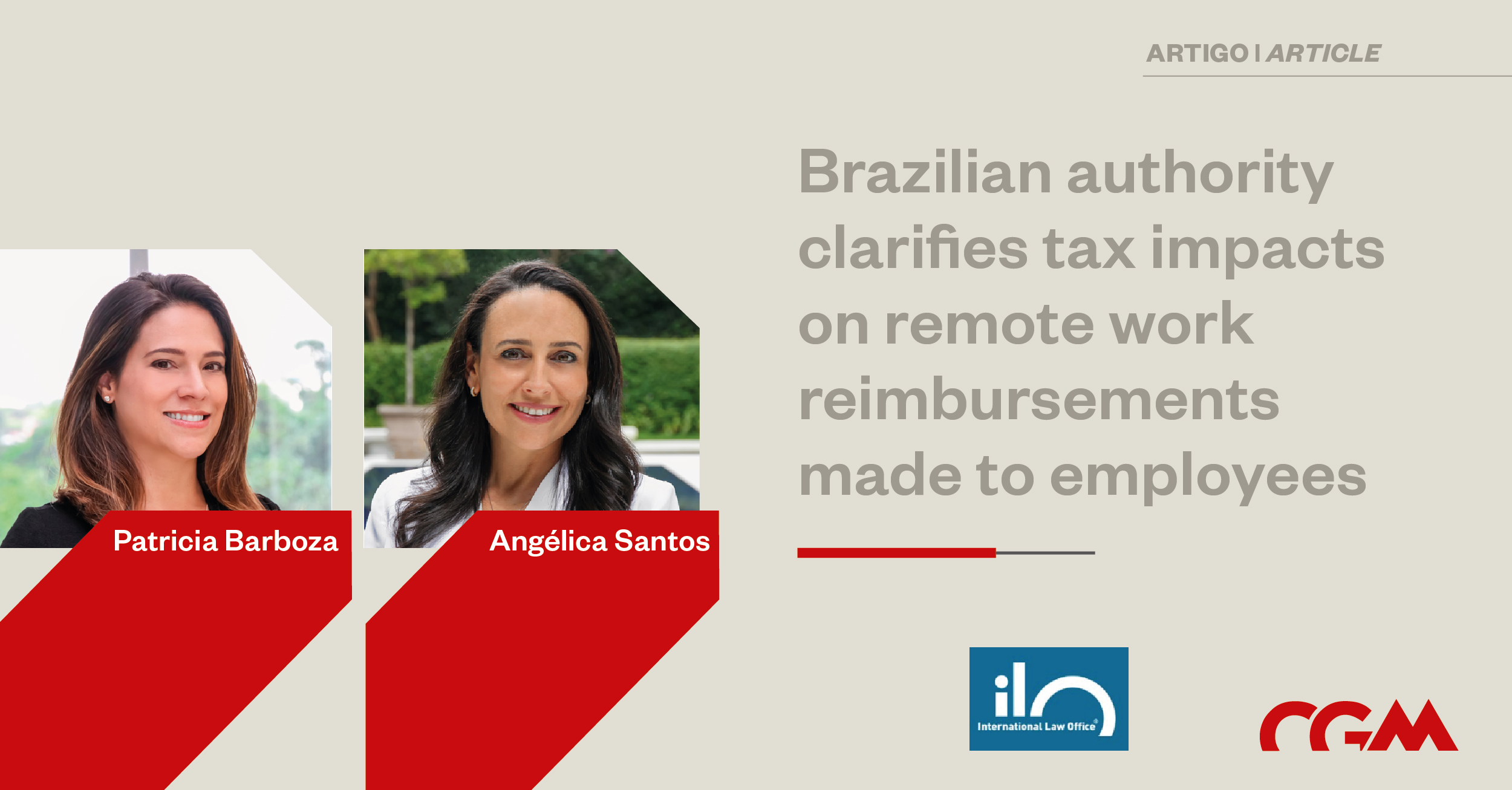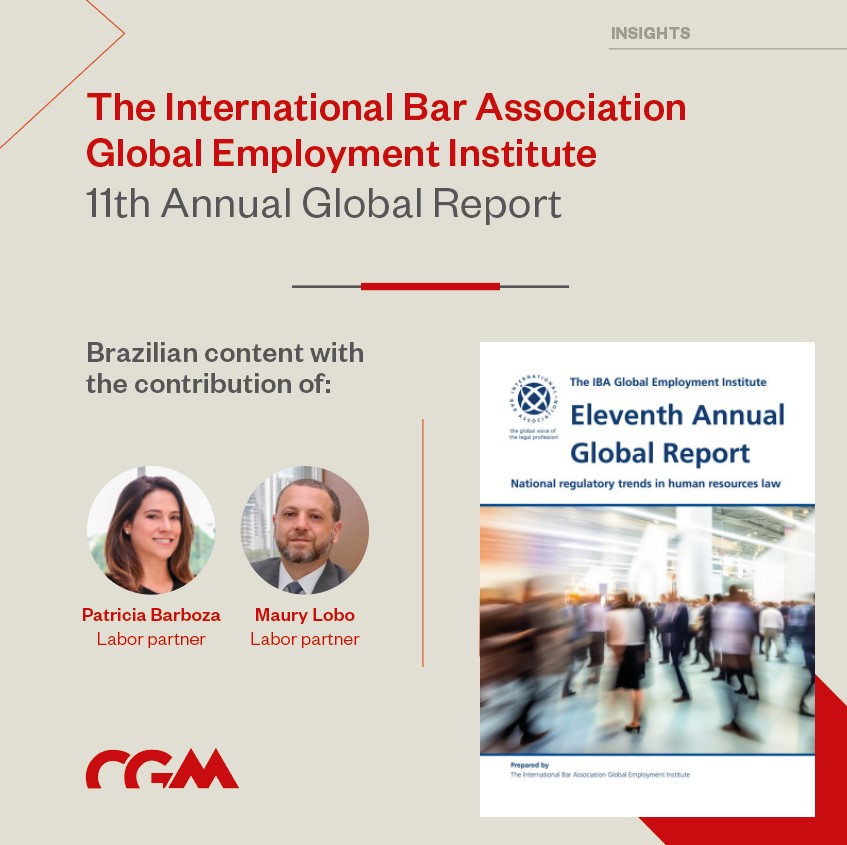On September 21, 2022, ANVISA edited Resolution RDC No. 751/2022 (“Resolution”) establishing rules for risk classification, notification and registration of medical devices, and requirements for labeling and use instructions, in order to reflect the recent advances in the medical device sector and to internalize Mercosur Resolution GMC nº 25/2021.
Among other changes, the Resolution adopted a new definition of medical product (medical device), to include in vitro diagnostic medical devices, software and implants. In addition, the Resolution included in this concept any product intended by the manufacturer for use, jointly or separately, in human beings, for any purpose mentioned below, and whose main intended purpose is not achieved by pharmacological, immunological or metabolic means in the human body, but that can be aided in their intended purpose by such means: (a) diagnostic, prevention, monitoring, treatment (or relief) of a disease; (b) diagnostic, monitoring, treatment or repairing an injury or disability; (c) investigation, replacement, alteration of anatomy or of a physiological or pathological process or state; (d) life support or maintenance; (e) control or support of conception; or (f) provision of information through in vitro examination of samples from the human body, including organ and tissue donations.
The Resolution also updates the definition of active and active therapeutic medical device; active medical device for diagnosis and monitoring; invasive, surgically invasive, single-use or implantable medical device, which were already provided for in the RDC No. 185/2001. Further, it treats as active medical device the equipment intended for aesthetic corrections and beautification, as well as those indicated for cleaning, disinfection, or sterilization of medical devices. Furthermore, it provides specific risk classification rules for new technologies such as in vitro diagnostic medical device, Software as a Medical Device (SaMD), and nanomaterial.
Procedures for notification and registration of medical devices, that were previously dispersed in various regulatory standards, have been consolidated. In this context, and in line with international standards, the Resolution adopted the Table of Contents structure (IMDRF’s Table of Contents) for Technical Dossiers, accepting dossiers prepared for multiple other jurisdictions and enabling faster, more practical and standardized access to information on medical devices in case of sanitary inspection by ANVISA and/or local sanitary surveillance agencies.
Lastly, the Resolution incoporated new rules on use instructions, including those in unprinted format; brought greater predictability on the rules for sale of inventory of finished devices, their packaging, labeling and use instructions in case of any change in information submitted during the notification or registration process; and formalized the reassessment procedure during the notification or registration of the medical device.
The Resolution will enter into force on March 1st, 2023 (the “Effective Date”), giving time for the relevant sector to adapt to the new ANVISA rules. However, until February 28, 2023, the application for medical device registration can still be submitted using the technical report structure formerly provided for RDC 185/2001.
After the Effective Date, applicants will have 365 days to file their petitions for sanitary reframing of the devices that had their regime altered and carry out the new registration and/or notification, as a consequence of changes in the risk classification rules on the new regulation.
On the Effective Date, the Resolution will replace RDC No. 185/2001 and revoke RDC No. 15/2014, RDC No. 40/2015, RDC No. 207/2006, RE No. 1554/2002 and items I and II of section 2, and item II of section 5 of Normative Instruction No. 4, of June 15, 2012.






